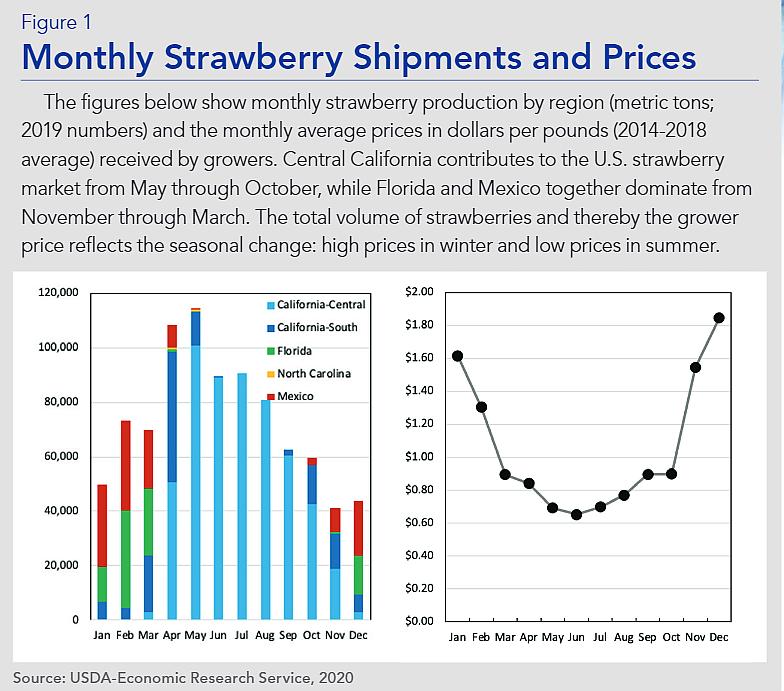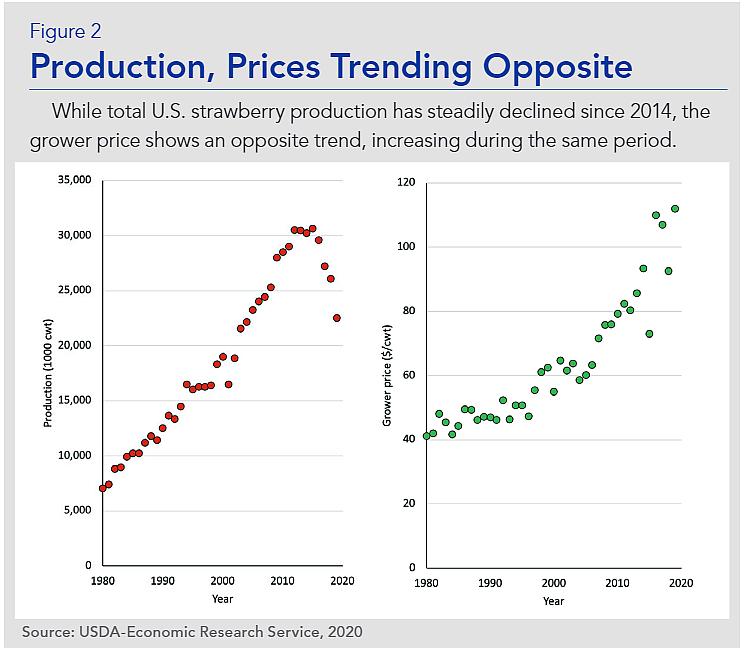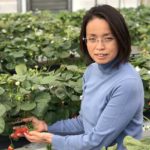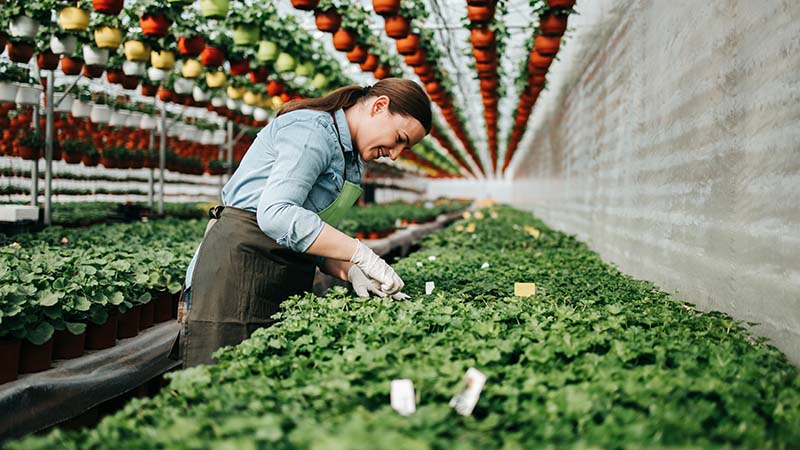Get the Inside Scoop on Why Greenhouse Strawberries are Trending
Strawberries are one of the newly introduced crops to North American greenhouses. Conventionally, the North American strawberry market was dominated by open-field grown fruits from California, Mexico, and Florida. Major shippers typically have contract producers in many regions in the U.S. and Mexico to supply strawberries year-round.
However, strawberry production is still geographically limited due to its narrow range of environmental requirements. Outside of a perfect climate region, the typical production window is very short. In Ohio, for example, local strawberry season is during June with a harvest duration as short as a few weeks. Therefore, strawberry never became a major crop in local farming communities.
However recent trends in building greenhouse strawberry capacity in Canada and the U.S. have shown signs of changing dynamics. Although the amount of strawberries shipped from greenhouse is still small compared to total annual production, analyses based on USDA statistics suggest that opportunity exists for off-season production.

U.S. strawberry production in open fields faces various challenges. In fact, total U.S. strawberry production has steadily declined since 2014 . Since the grower price shows an opposite trend (steady increase during the same period), production decline is attributable to various production issues in open fields, other than market price.

The Appeal of Indoor Production
Strawberry is a soft fruit that needs to be picked at a nearly full ripe stage. This nature generally leads to limitations in shelf life, which requires advanced postharvest technologies for shippers in California and Florida to distribute nationwide and internationally. This is a reason why cultivars that can produce firm fruit with good postharvest shelf life have been preferably selected in commercial production, among other desirable cultivar traits such as productivity and disease resistance for open-field production.
Demand for locally grown fresh produce has been strong in recent years and is considered a major driver of introducing greenhouse strawberry production located near cities. Many years ago, strawberry was essentially a locally grown produce available in most states. However, many states experienced a significant decline of strawberry acreage in the 20th Century, concurrent with the development of large-scale centralized production and distribution capacity in California and Florida.
The current trend of local production is decentralizing production capacity by re-establishing local production capacities in a more sustainable manner, to which controlled environment agriculture (CEA) can significantly contribute. Use of controlled environment allows growers to produce high-quality strawberries most of the year. This fact can possibly change the dynamics of fresh strawberry supply chain in many ways. First, a CEA approach would let growers produce off-season (fall, winter, and spring) when open-field fruit production is limited, and the benchmark price point is high. With enough greenhouses starting strawberry production, year-round supply of locally grown strawberries becomes a possibility.
Second, when it comes to cultivar selection, flavor and taste are the highest priority, rather than long shelf life for long-distance transportation. Old cultivars or foreign cultivars known for their great flavor may become candidates for greenhouse production. CEA production can also contribute to improving fruit flavor and consistency.
Third, off-season agricultural tourism may be a possible business model for greenhouse growers. U-pick operations are a well-established lucrative business for greenhouse berry growers located in the suburbs in Japan, attracting city dwellers and families to greenhouses offering flavorful strawberries to pick and eat on-site during winter and spring.
More to Learn
So how can you start? Responding to the increasing interest among greenhouse growers, U.S. academia has been developing research capacity for producing strawberry under controlled environment. The Ohio State University has developed an information website and offers training opportunities. In addition to production methodologies, associating technologies specific to strawberry (such as transplant production and greenhouse management technologies such as lighting) must be further developed to improve the productivity and profitability.
Understanding strawberry plant physiology under controlled environment is particularly important to improve the productivity and to contribute to future breeding efforts to develop strawberry cultivars more suitable for CEA.
References
- USDA AMS. 2020. Fresh Fruit and Vegetable Shipments by Commodities, States, and Months. US Department of Agriculture Agricultural Marketing Service. (downloaded on 2/20/21)
- USDA ERS. 2020. Fruit and Tree Yearbook Tables. USDA Economic Research Service. (downloaded on 2/20/21)
- Van Delm, T., P. Melis, K. Stoffels, M. Vervoort, D. Vermeiren, and W. Baets. 2016. Historical milestones, current methods, and strategies resulting in year-round strawberry production in Belgium. International Journal of Fruit Science. 16:118-128.









